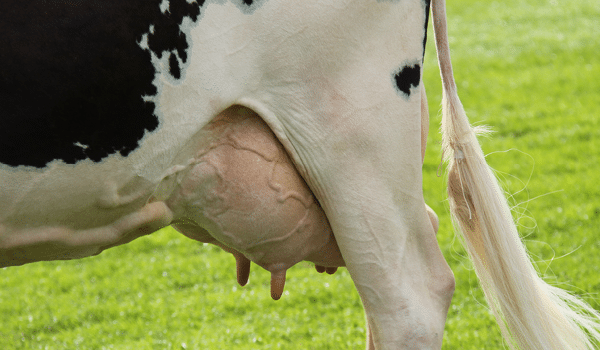The onset of lactation is conditioned by good diet management during the pre-lactation period. However, managing the risk of metabolic disorders extends into early lactation. For this reason, the main objective of precision feeding at the start of lactation is to guarantee the cow’s milk production.
How? By synchronizing protein and energy intake to better control the cow’s body condition and thus reduce the risk of fertility problems or metabolic disorders such as acidosis.
Between calving and lactation peak, the cow’s needs strongly increase. The ability of the dairy cow to ingest is greatly reduced in the weeks following calving. Maintenance and lactation needs cannot be strictly covered. Body reserves are therefore mobilized to overcome this energy deficit. This mobilization, which is considered as normal, should not be taken lightly by farmers. It is thus essential to control the balance of the diet in these first weeks of lactation, so as not to increase the risk of the appearance of energetic metabolic disorders such as ketosis.
Unlike energy, the nitrogen matter is very little storable or mobilized by the animal. Given the reduced feed intake capacity in early lactation, protein deficiency may be significant in high-producing cows. However, a protein deficit leads to a decrease in ingestion, resulting in an increase in the energy deficit.
A simultaneous supply of protein concentrates, and energy sources is therefore inevitable to allow a synchronization of intakes in the rumen and optimize the microbial flora.
